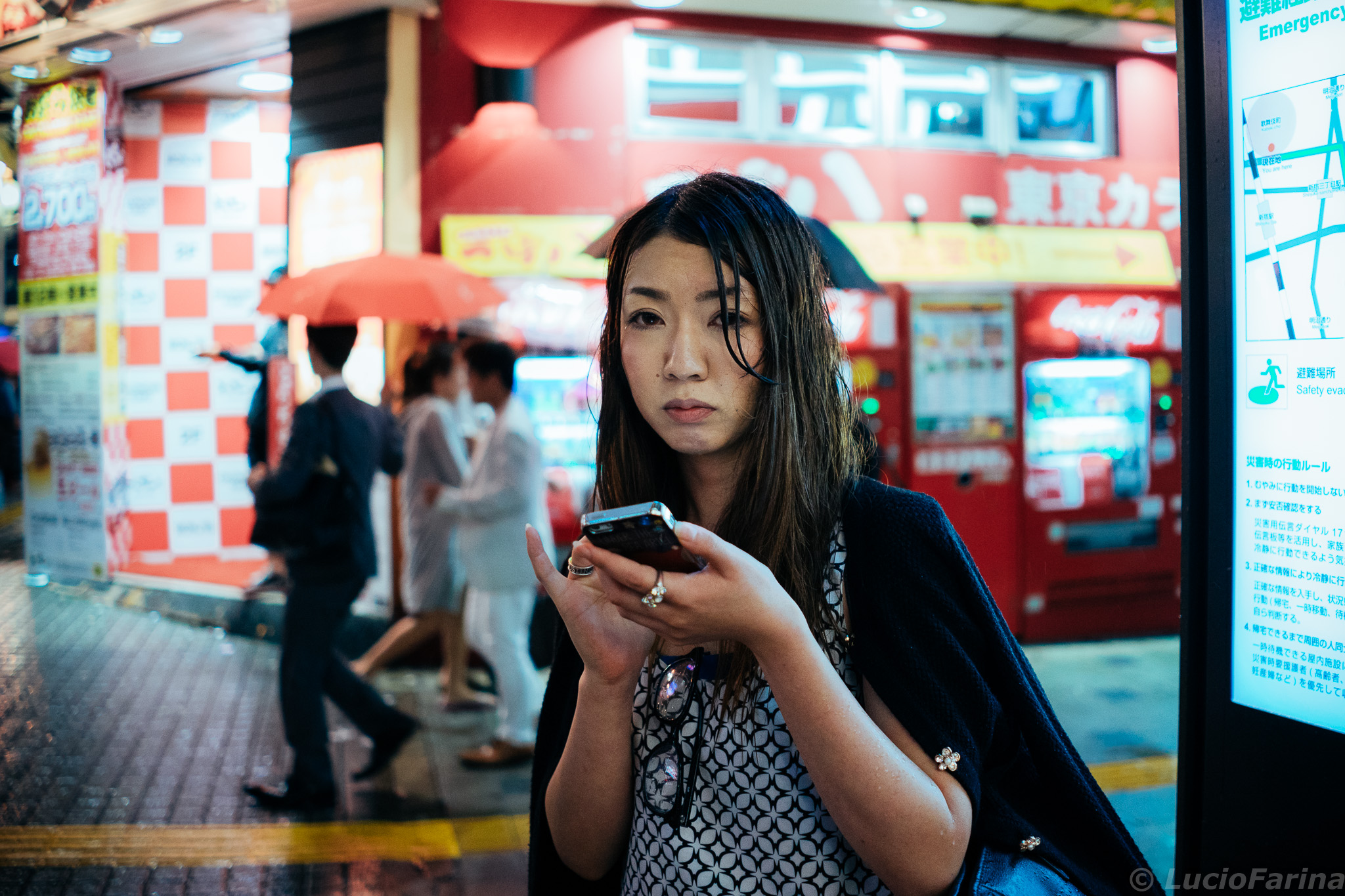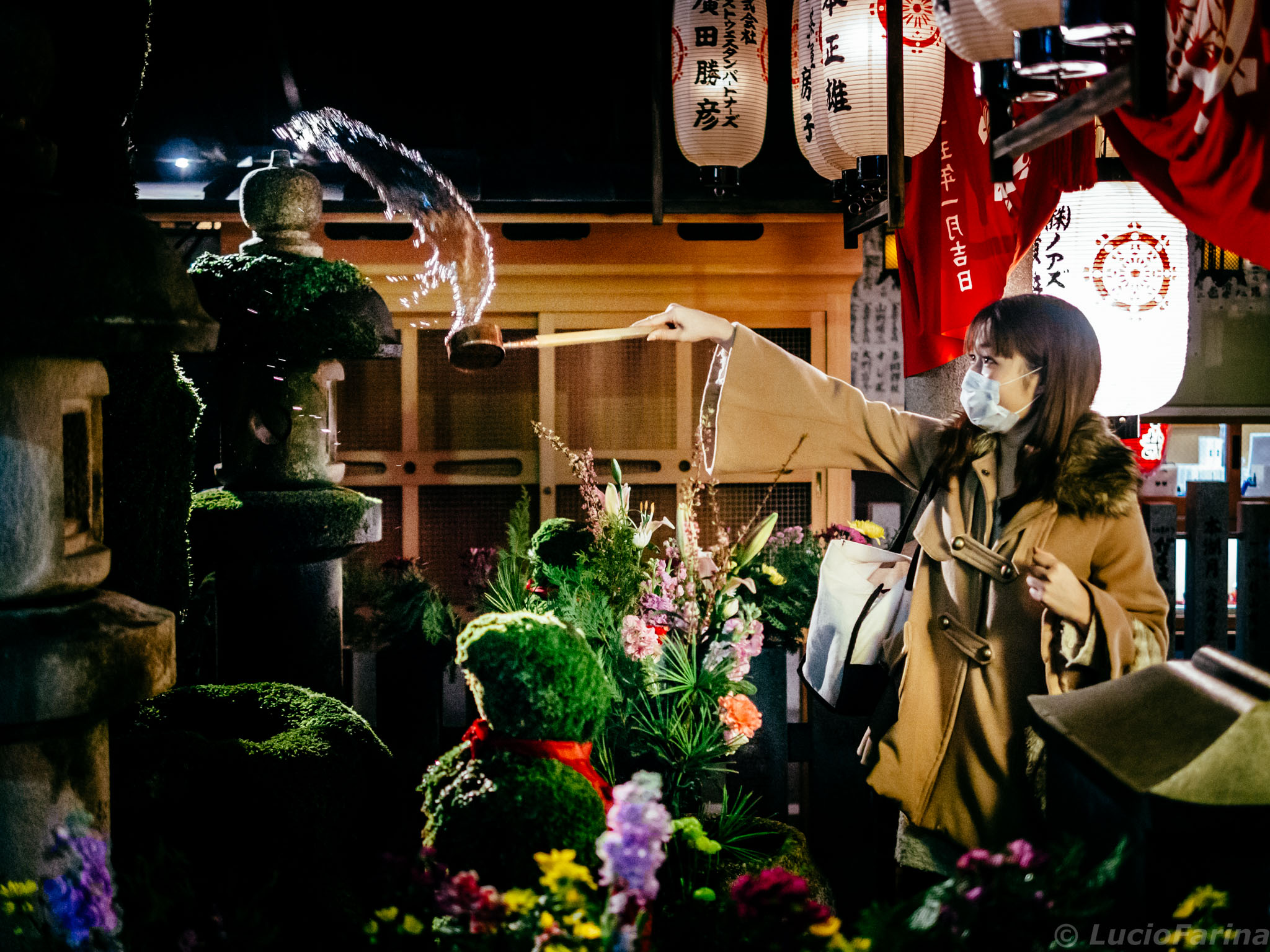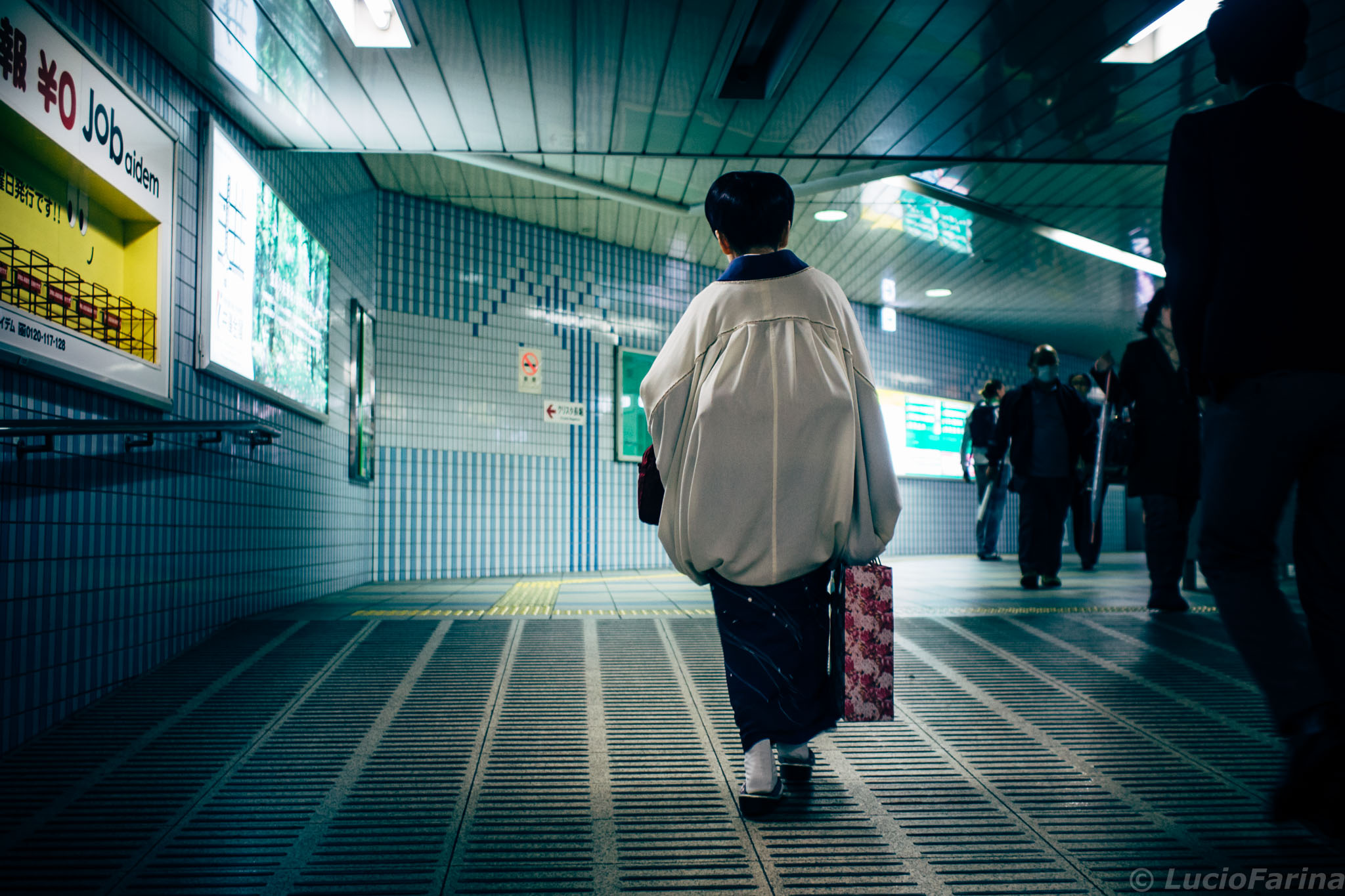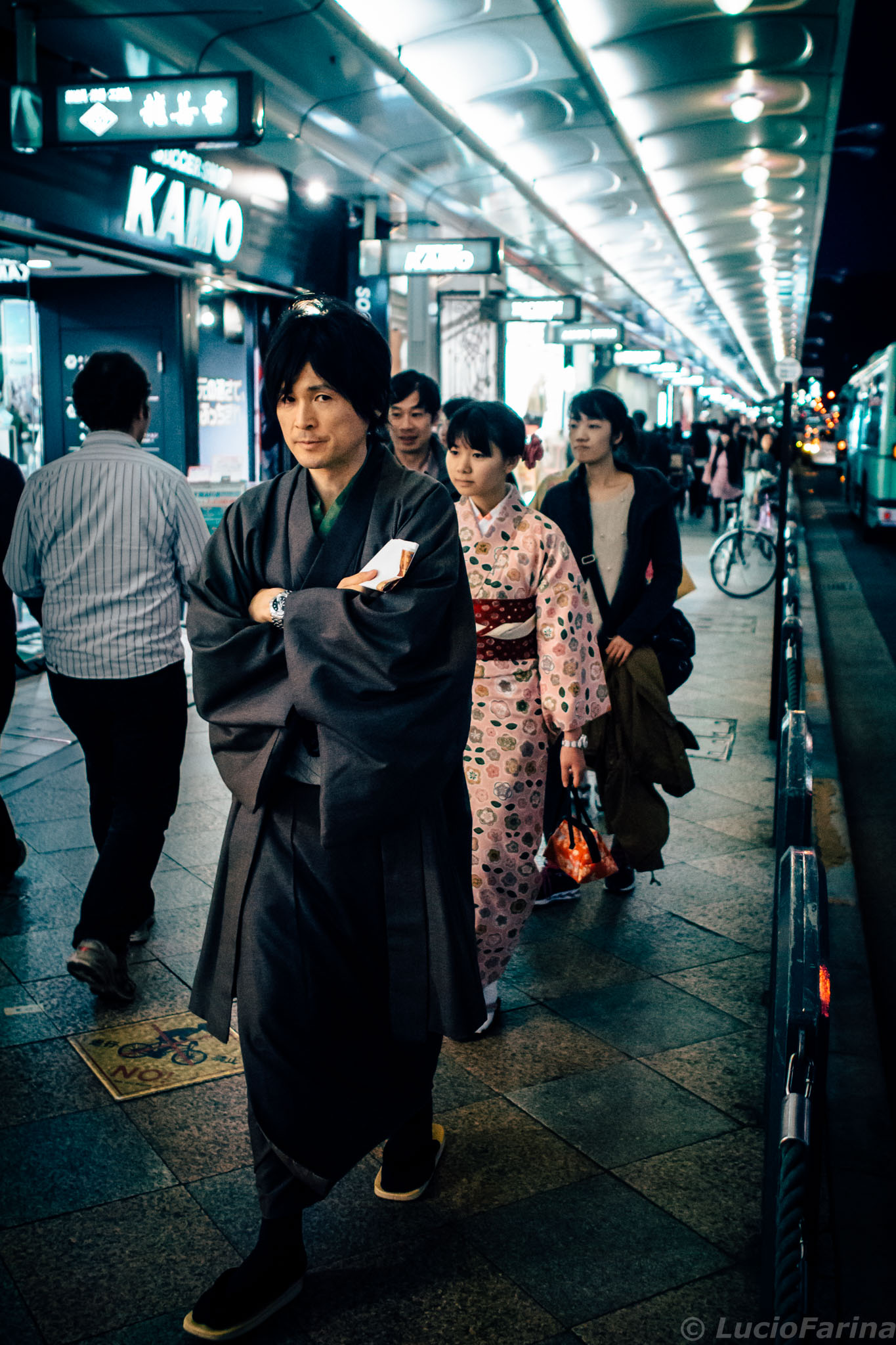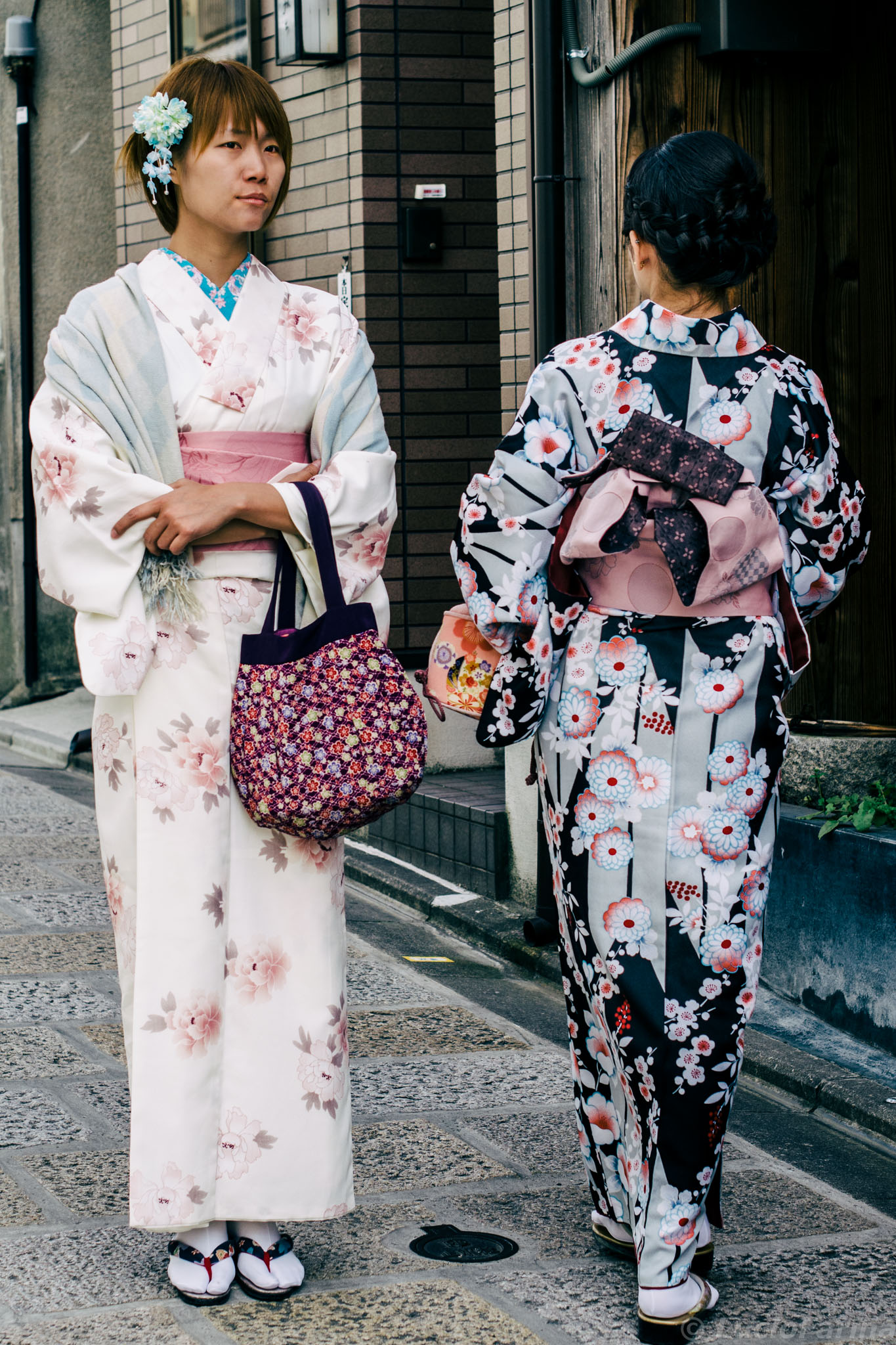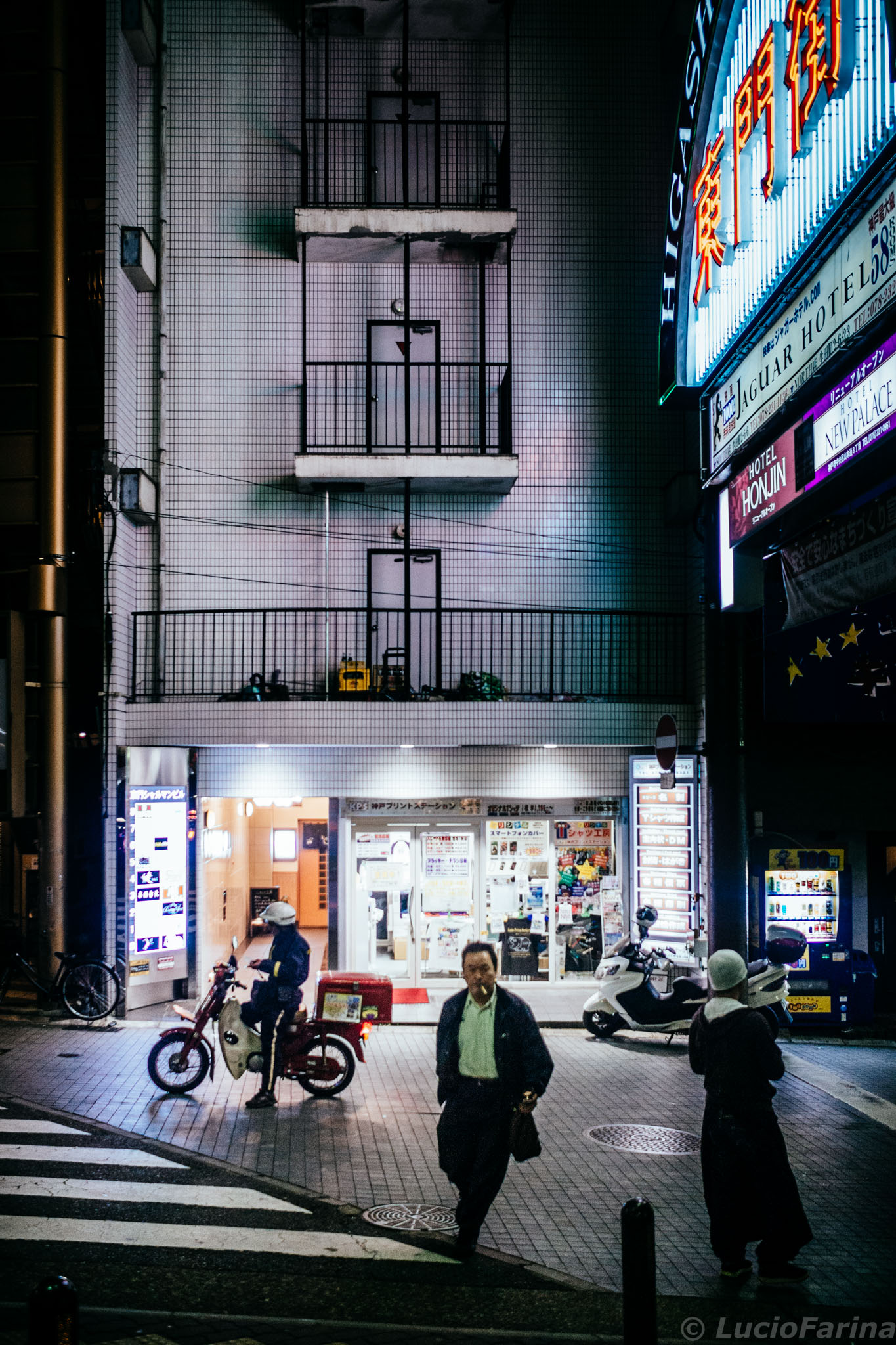Japan – Prestige Magazine Interview
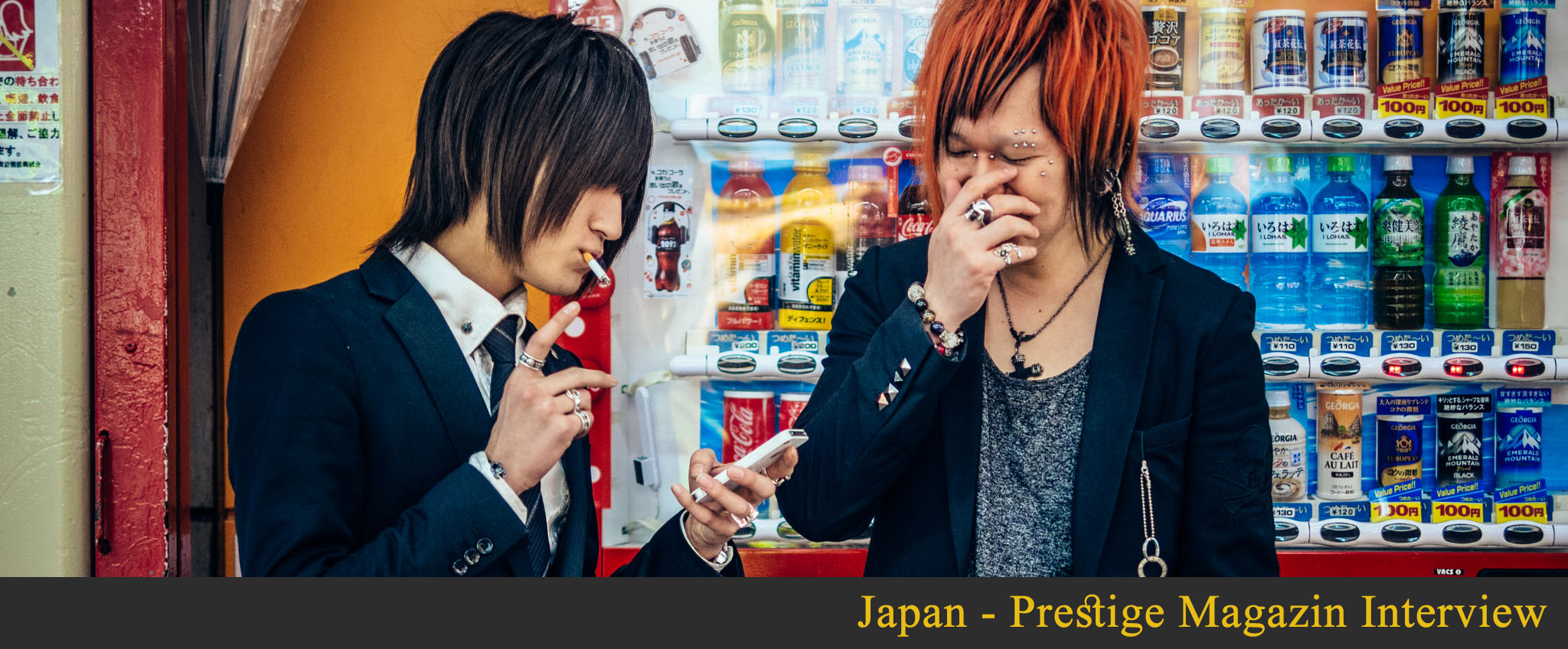
Hello peeps!
Few months ago I was asked to give an interview for Prestige Magazin about Japan and photography in general.
The magazine is in german, and I’m happy to share the english version for whom (like me) doesn’t understand german.
Hope you’ll enjoy it!
Check the interview below:
https://prestigemagazin.com/japan-by-lucio-farina/
Questions
1. Lucio, many of your pictures are taken in SE Asia. Where does your love for this regions stems from and what is the most fascinating about these countries for you?
I always found Asia a fascinating place, quite different from Europe, where I came from. When in 2011 I got a job offer I didn’t think twice and I moved to Singapore where I currently live and work. In these past 7 years I tried to travel as much as I can. I really enjoy travelling around South East Asia and even further, discover new places and cultures. What I love the most is to see and capture people’s daily life, where and how they live. In some places, such as Cambodia or Vietnam, streets are full of life, you can find food stalls, barber shops, clobbers, small wet markets in the middle of roads, all kind of vendors, while continuous traffic of people, motorbikes, tuk tuk, and noise surrounds you. Every corner is special and for me magic. In those places people live the street, street is their home, this maybe what fascinates me the most.
2. What was the most exciting of discovering Japan through the lens of your camera and of Japan in general?
As a child I knew Japan only through cartoons, as an adult through pictures and reportages, but see the “Land of the Rising Sun” with my own eyes it was an incredible experience. I’ve been able to visit Japan several times and considering that I like metropolis I can say that Tokyo is my favorite. I discovered a lively city, constantly moving and always exciting, a city of multiple faces and personalities. There are different layers under its surface, a living energic singular organism. I’m really amazed by those cyberpunk looking like skyscrapers/structures with big screens and flashy lights or by underground small alleys with tiny bars for few people only where they can eat yakitory, drink and smoke. The contrast between businessman in suits and foggy food stalls.
I found japanese people kind and shy at the same time with a distinctive style. In Japan I discovered a great variety of youth subcultures, cosplay, rockabilly, man hosts and gyaruo, dark and sweet lolita to say some. It’s wonderful, a pure joy to see that extraordinary variety of people. It’s a kind of open-air show and you can’t help but love it.
3. On your pictures ((of Japan)) you can see a lot of traditional elements like people’s clothing and on the other hand the modern life. How would say how Japanese combine both ways of life?
The combination of tradition and innovation in Japan is very unique, you can easily see rituals taken on an old temple in the middle of zen garden, that it might be located on the side of a busy modern street like, for instance, the Zojoji temple has on its back the huge Tokyo Tower. An impressive but beautiful contrast. However there is an harmony in all that, the reason is that Japan hasn’t been influenced too much by western culture, so the present is very much rooted to its origin and still looks and feel authentic, and that’s why Japan is a very uncommon place.
4. What scenes or are you looking for when you are on the road with your camera?
To be honest I’m not going out looking for anything in particular, I like to walk and wonder around. I try to avoid touristic places and I try to interact as much as I can with the local culture, hoping to get a more authentic experience and consequently a better shot. I have to say that I like to explore the city especially at night. Tokyo in particular is very photogenic, it’s always alive and the streets are vibrant because of neon signs, there are crazy colorful pachinko parlors, incredible noisy, smokey and hipnotic, crane games almost everywhere in which you lost sense of time, stylish hosts that would attire you in their clubs, restaurant and eateries open 24/7 and when it rains everything is even more colorful. In the end there are beautiful shine cabs that reflect the life on the streets.
5. Sometimes taking a shot in the street can be difficult and dealing with people’s reactions is not always easy. What is your approach with your camera when you are shooting unknown people in the street?
That I would say is one of the most important aspect in street photography, I often see workshop or advice on how to cheat the subject (like avoid eye contact, pretend to photograph something else or other tricks). When I have to deal with someone who saw me taking his/her picture I alway make eye contact and as soon as our eyes cross I can’t help but smile and say thanks. The face of the subject from puzzled transforms in a kind small laugh and I have to admit those moments keeps me doing what I do. Sometimes they ask me to show them the picture and I, of course, show it to them. Most of the time I try to blend in and even if I’m very close I usually don’t get noticed too much.
6. What would you say distinguish the street photography from other genres of photography the most?
It’s very subjective, but for me Surely street photography is made of immediacy and timing, perhaps comparable only to sports photography. That special moment that seems perfect to you, that precise expression, gesture and lighting it’s lost after a second and recomposes itself into another one, therefore the photographer must be careful and always alert, with the camera turned on and the finger ready to fire. It’s not easy but it’s a good challenge.
7. What elements make for you a really good street photo?
It’s a hard question to answer and pretty subjective. I would say a good composition, an interesting subject and of course a candid look. I like and try to take pictures where my subjects are authentic and not in pose (sometimes when they see me are embarrassed, surprised, shocked, but still genuine). In general I’m looking for a moment , where all the elements work well together. I think if you can make the viewer wonder about the photo, if it is aesthetically pleasing and it gives you a sense of place you got yourself a keeper, I don’t think you need to photograph major or meaningful event per se, I think you can take extraordinary photographs even during the most ordinary day.


